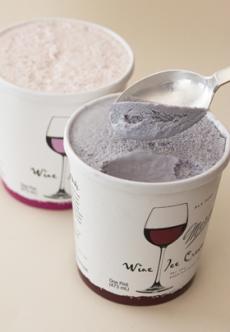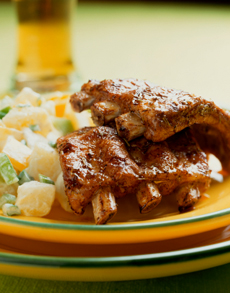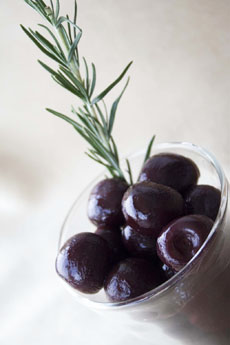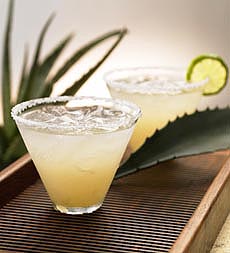
Our two favorite flavors of Mercer’s Wine
Ice Cream, Ala Port and Red Raspberry
Chardonnay, can be served at the most
elegant dinner party. Photography by
Saidi Granados. |
|
Like ice cream? Like wine? Here’s something to make you glad you’re over 21: Mercer’s Wine Ice Cream. Made with 5% alcohol, you must be of age to enjoy—no, to wallow in—such ice cream happiness. July is National Ice Cream Month, and we’re in love with this wine ice cream.
We first discovered Mercer’s two years ago. This upstate New York dairy had a standout Port ice cream and three other flavors of wine ice cream that were a distant second. A lot of work has gone into making all four flavors medalists at THE NIBBLE Ice Cream Olympics, and two new flavors are about to join them.
All of the flavors are an ice cream and wine lover’s dream. In Ala Port, Cherry Merlot, Chocolate Cabernet, Peach White Zinfandel, Red Raspberry Chardonnay and Royal White Riesling, these seductive frozen dreams rock. As they soften in your dish, they evolve into an ice cream cocktail. No one we know is satisfied with just one serving, so here’s our advice: Don’t show restraint; order two of everything and call over your nearest and dearest to celebrate. Scoop up the details in the full review. And for a great line of wine sorbets, read our review of Wine Cellar Sorbets, another Top Pick Of The Week. |







